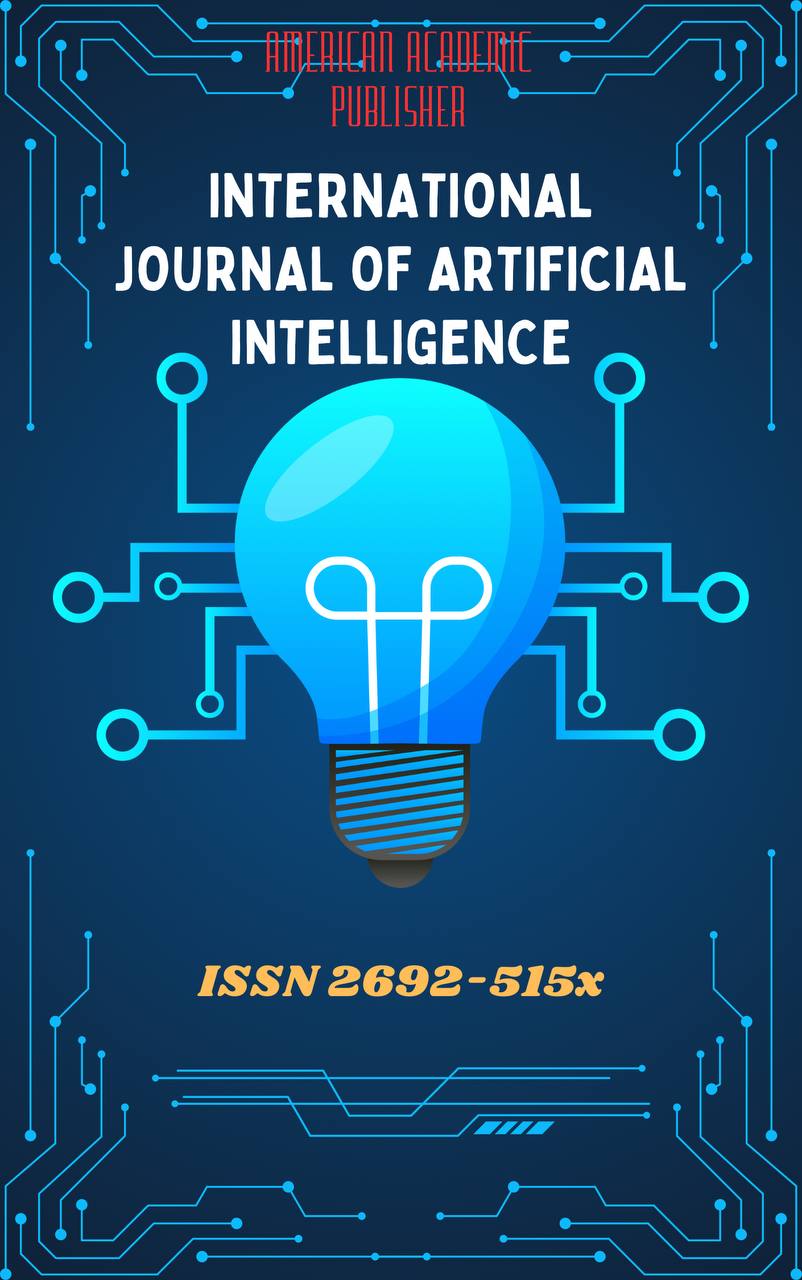 Articles
| Open Access |
Articles
| Open Access | MORPHOLOGICAL AND SEMANTIC FEATURES OF MEDICAL EUPHEMISMS IN ENGLISH AND UZBEK LANGUAGE
Sodikova Shokhistakhon Bakhodir kizi , Phd researcher at the Higher School of International Journalism and Translation Studies, Tashkent State University of Oriental Studies;Abstract
This study looks at euphemistic naming in Uzbek and English from both a narrow linguistic and a broad linguocultural viewpoint. Euphemization is a referential and evaluative linguistic technique used to lessen social taboos, negative connotations, or emotional distress. Having analyzed the works of Sheygal (2000), Reformatsky (1967), Shmelev (1977), and Burov (1994), the study separates two analytical dimensions: the textocentric, which sees euphemisms as practical instruments of cultural adaptation and communicative politeness, and the lexicocentric, which views euphemisms as closed lexical fields that substitute forbidden expressions. The study emphasizes how euphemistic designation reflects both subjective and objective elements, acting as a style identifier, a linguistic shield, and a means of expressing the speaker's identity. The theoretical framework is based on functional linguistics and enhanced by studies on terminology, modality, and communicative pragmatics. By integrating English and Uzbek findings, the paper demonstrates that euphemistic naming is a culturally mediated yet universally motivated process of secondary nomination that ensures ethical, aesthetic, and psychological harmony in communication.
Keywords
euphemistic naming, linguocultural approach, secondary nomination, pragmatic function, English and Uzbek linguistics, communicative politeness, functional linguistics, cultural pragmatics
References
Allan, K., & Burridge, K. (1991). Euphemism and dysphemism: Language used as shield and weapon. Oxford University Press.
Bauer, L. (2001). Morphological productivity. Cambridge University Press.
Brown, P., & Levinson, S. (1987). Politeness: Some universals in language usage. Cambridge University Press.
Burridge, K. (2012). Euphemism & language change. Cambridge University Press.
Cahill, E. (2005). Death talk and professional discourse in palliative care. Palgrave Macmillan.
Crystal, D. (2003). The Cambridge encyclopedia of the English language (2nd ed.). Cambridge University Press.
Dirckx, J. H. (1999). The language of medicine: Its evolution, structure, and dynamics. Praeger.
Fairclough, N. (2001). Language and power (2nd ed.). Pearson Education.
Fox, S. (2010). Talking about illness: Pragmatic functions of medical euphemisms in English discourse. Journal of Pragmatics, 42(8), 2213–2227.
Holmes, J. (1995). Women, men and politeness. Longman.
Holder, R. W. (2008). How not to say what you mean: A dictionary of euphemisms. Oxford University Press.
Kiseleva, T. V. (2015). Evfemizmy v sovremennom angliyskom yazyke: semantiko-pragmaticheskiy aspekt [Euphemisms in modern English: Semantic-pragmatic aspect]. (Doctoral dissertation). Moscow.
Krysin, L. P. (1996). Russkaya razgovornaya rech’: Lingvisticheskiy analiz i problemy normy. Nauka.
Lakoff, G., & Johnson, M. (1980). Metaphors we live by. University of Chicago Press.
Leech, G. N. (1983). Principles of pragmatics. Longman.
Article Statistics
Downloads
Copyright License

This work is licensed under a Creative Commons Attribution 4.0 International License.

